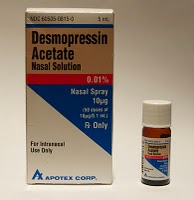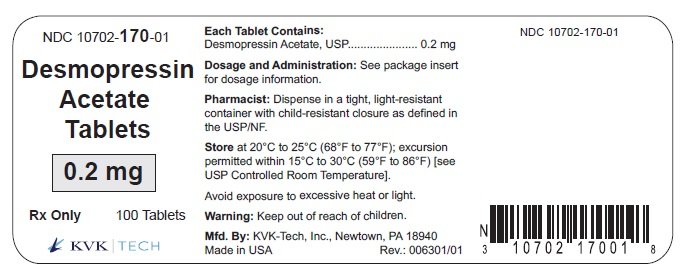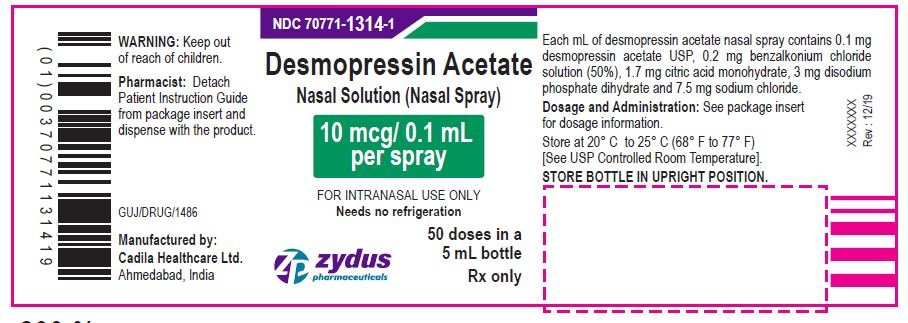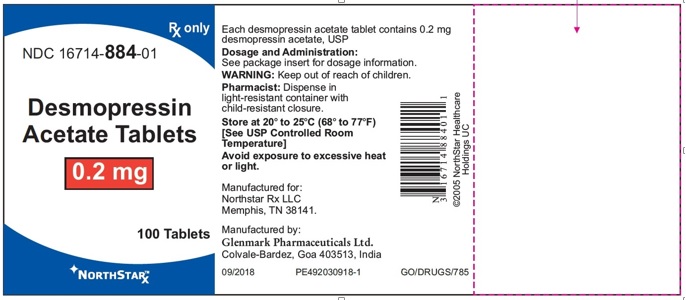Desmopressin dose adjustments in dogs and cats with central diabetes insipidus daily administration of desmopressin may completely eliminate polyuria and polydipsia.
Desmopressin for dogs dosage.
Vasopressin commonly known as pitressin or ddavp is used for dogs and cats in the diagnosis of diabetes insipidus and to treat shock in life threatening situations.
Side effects are.
Desmopressin for dogs also known by the brand names ddavp and stimate is a drug primarily used to treat central diabetes insipidus and sometimes von willebrand s disease.
Give as directed by your veterinarian.
Do not use in pets that are allergic to it or pets that are prone to blood clots such as those with heart disease.
Desmopressin dose adjustments in dogs and cats with central diabetes insipidus daily administration of desmopressin may completely eliminate polyuria and polydipsia.
The recommended initial dose for patients age 6 years and older is 0 2 mg at bedtime.
For von willebrand s disease desmopressin is dosed at 0 5 mcg per pound.
However because of individual differences in absorption and metabolism the dose required to achieve complete around the clock control varies from patient to patient.
It is also included in therapy techniques used to treat von willebrand s disease in dogs.
Desmopressin can also be given as a subcutaneous injection.
The dosage of ddavp tablets must be determined for each individual patient and adjusted according to response.
However because of individual differences in absorption and metabolism the dose required to achieve complete around the clock control varies from patient to patient.
Desmopressin is administered into the eye or is given as an injection and is used off label to treat diabetes insipidus and von willebrand disease.
Desmopressin acetate is the treatment of choice for central diabetes insipidus in both dogs and cats.
Overview of vasopressin ddavp for canines and felines.
Side effects are uncommon but may include irritation upon application to the eye.
The dose for desmopressin is one to two drops of the nasal spray administered in the conjunctival sac eyes or in each nostril once or twice daily.
Because there are a number of different causes of increased water consumption and increased urine production desmopressin acetate can also be used to help make a diagnosis.
Desmopressin intranasal formulations are no longer indicated for the treatment of primary nocturnal enuresis due to the risk for developing severe hyponatremia that can result in seizures and death.
The comparable antidiuretic dose of the injection is approximately 1 10 the intranasal dose.
Patients previously on intranasal ddavp therapy can begin tablet therapy the night following 24 hours after the last intranasal dose.










